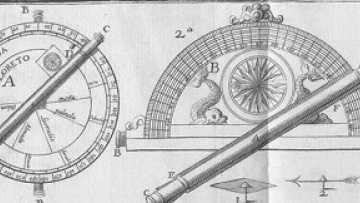A rooted tree $T$ has degree sequence $(d_1,\ldots,d_n)$ if $T$ has vertex set $[n]$ and vertex $i$ has $d_i$ children for each $i$ in $[n]$.
I will describe a line-breaking construction of random rooted trees with given degree sequences, as well as a way of coupling random trees with different degree sequences that also couples their heights to one another.
The construction and the coupling have several consequences, and I'll try to explain some of these in the talk.
First, let $T$ be a branching process tree with critical—mean one—offspring distribution, and let $T_n$ have the law of $T$ conditioned to have size $n$. Then the following both hold.
1) $\operatorname{height}(T_n)/\log(n)$ tends to infinity in probability.
2) If the offspring distribution has infinite variance then $\operatorname{height}(T_n)/n^{1/2}$ tends to $0$ in probability. This result settles a conjecture of Svante Janson.
The next two statements relate to random rooted trees with given degree sequences.
1) For any $\varepsilon > 0$ there is $C > 0$ such that the following holds. If $T$ is a random tree with degree sequence $(d_1,\ldots,d_n)$ and at least $\varepsilon n$ leaves, then $\mathbb{E}(\operatorname{height}(T)) < C \sqrt{n}$.
2) Consider any random tree $T$ with a fixed degree sequence such that $T$ has no vertices with exactly one child. Then $\operatorname{height}(T)$ is stochastically less than $\operatorname{height}(B)$, where $B$ is a random binary tree of the same size as $T$ (or size one greater, if $T$ has even size).
This is based on joint work with Serte Donderwinkel and Igor Kortchemski.


